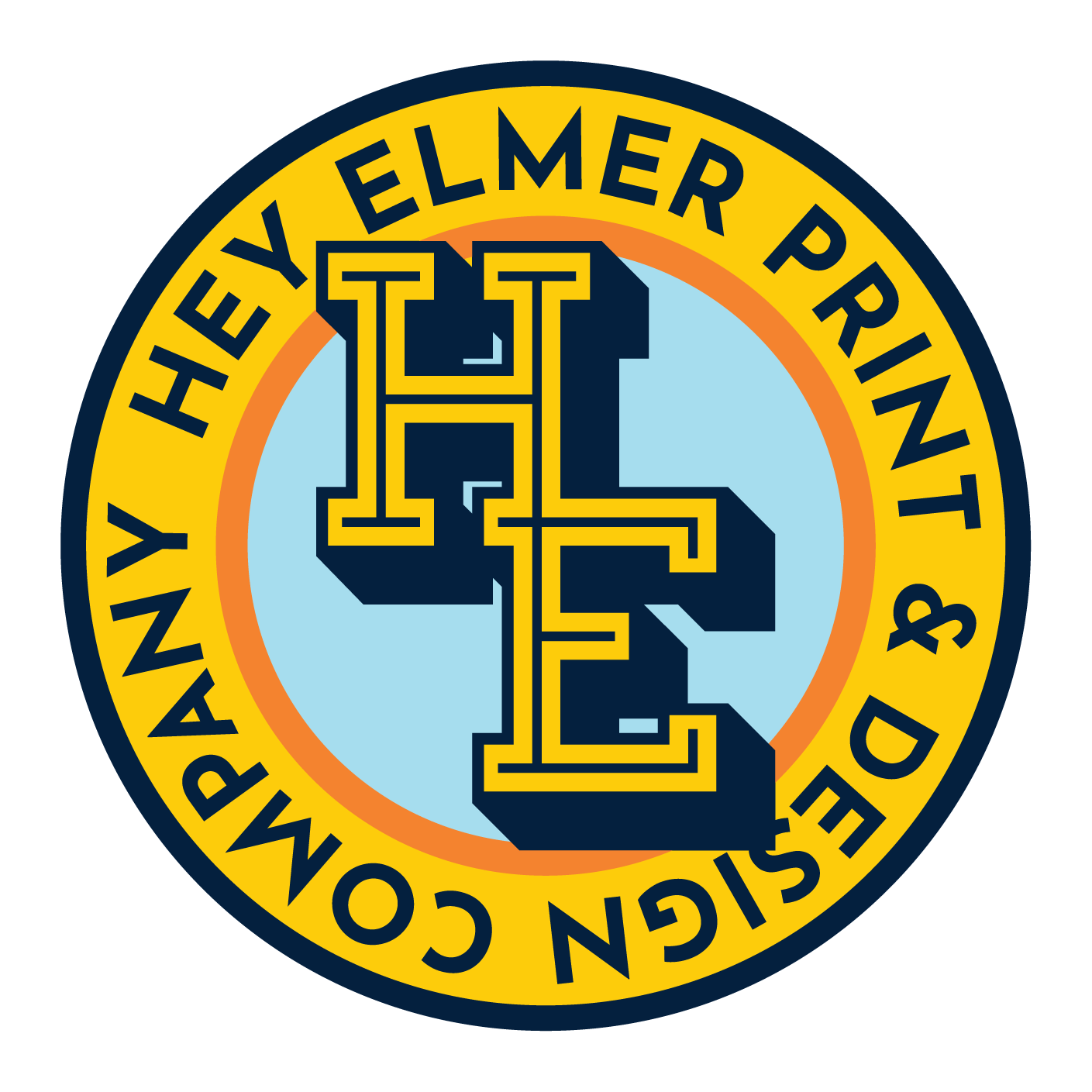Do you have an order minimum?
Thank you for considering our services! Yes, we do have an order minimum. Our minimum order quantity for screen printing is typically 12 pieces per design. This minimum ensures that we can maintain the quality of our printing process and provide you with the best results. However, feel free to reach out to us with your specific requirements, and we'll be happy to discuss any possible exceptions or alternatives.
What file type do I need to send?
We accept various file formats for your design artwork. The preferred file types are high-resolution vector files such as AI (Adobe Illustrator), EPS (Encapsulated PostScript), or PDF (Portable Document Format). These formats allow for optimal scalability and ensure the best print quality. However, we can also work with other common image formats such as JPEG, PNG, or TIFF. If you have any concerns about your file format, please don't hesitate to contact us, and we'll assist you in preparing the artwork appropriately.
How long will my order take?
The turnaround time for your order will depend on several factors, including the complexity of your design, the quantity of garments, and our current production schedule. Generally, once we have the finalized artwork and all the necessary details, we aim to complete most orders within 7-10 business days. However, please note that larger or more intricate orders may require additional time. If you have a specific deadline or event date, please inform us when placing your order, and we'll do our best to accommodate your needs.
How much do you charge?
Our pricing structure is based on several factors, including the quantity of garments, the number of colors in your design, and the type of garments you choose. To provide you with an accurate quote, we kindly ask that you reach out to us with your specific requirements, including the design details, garment type, and desired quantity. This will allow us to determine the most competitive and tailored pricing for your project. Our goal is to offer transparent and affordable pricing while maintaining the highest standards of quality and customer satisfaction.
What garments/apparel do you use?
We offer a wide range of garments and apparel options to suit various needs and preferences. Whether you're looking for t-shirts, hoodies, sweatshirts, polo shirts, or other apparel items, we have a diverse selection available. We source our garments from reputable suppliers who provide high-quality materials suitable for screen printing. Additionally, we can guide you in selecting the most suitable garment options based on your specific requirements, such as fabric type, colors, sizes, and budget.
Check out our main catalog.
How does screen printing work?
Screen printing is a popular and versatile method of transferring designs onto garments. Here's a simplified overview of the screen printing process:
Design Preparation: Your artwork is prepared by separating the colors and creating screens, one for each color in your design.
Screen Setup: Each screen is coated with a light-sensitive emulsion and then exposed to UV light using a film positive of the corresponding color separation.
Printing Setup: The screens are mounted onto a screen printing press, and the garment is carefully positioned for printing.
Ink Application: Ink is poured onto the screen, and a squeegee is used to push the ink through the screen, transferring the design onto the garment.
Curing: The printed garment is passed through a dryer, which applies heat to cure the ink and make it permanent.
Quality Control: Once the curing process is complete, the garment is inspected to ensure the design's accuracy and overall quality.
Screen printing allows for vibrant and durable prints, making it an excellent choice for a variety
Visit our Printing Page for some screen printed Examples.
How does DTF transfers work?
DTF (Direct-to-Film) transfers, also known as Film-Free transfers, are an alternative method of transferring designs onto garments. Here's an overview of how DTF transfers work:
Design Preparation: Your artwork is prepared digitally and printed onto a special transfer film using a specialized DTF printer. The design is printed in reverse, mirroring the final image.
Adhesive Layer: A layer of heat-activated adhesive is applied to the printed film using a separate machine or process. The adhesive is transparent and serves as a bonding agent between the film and the garment.
Transfer Process: The DTF transfer is then placed onto the garment, adhesive side down. Heat and pressure are applied using a heat press machine, causing the adhesive to melt and adhere to the fabric. This process transfers the design from the film to the garment.
Cooling and Removal: After the transfer process, the garment is allowed to cool, which helps the adhesive bond securely with the fabric. Once cooled, the transfer film is peeled off, leaving the printed design on the garment.
Curing: Depending on the specific DTF transfer material used, some may require an additional curing step to ensure the design becomes permanent. This usually involves using a heat press or conveyor dryer to apply heat for a specific duration, which sets the ink and improves washability.
DTF transfers offer several advantages, including the ability to print vibrant full-color designs with intricate details and gradients. They are also suitable for a wide range of fabric types, including cotton, polyester, and blends. Additionally, DTF transfers can be applied to various garment styles, such as t-shirts, hoodies, and caps.
Visit our Printing Page for some DTF Examples.


